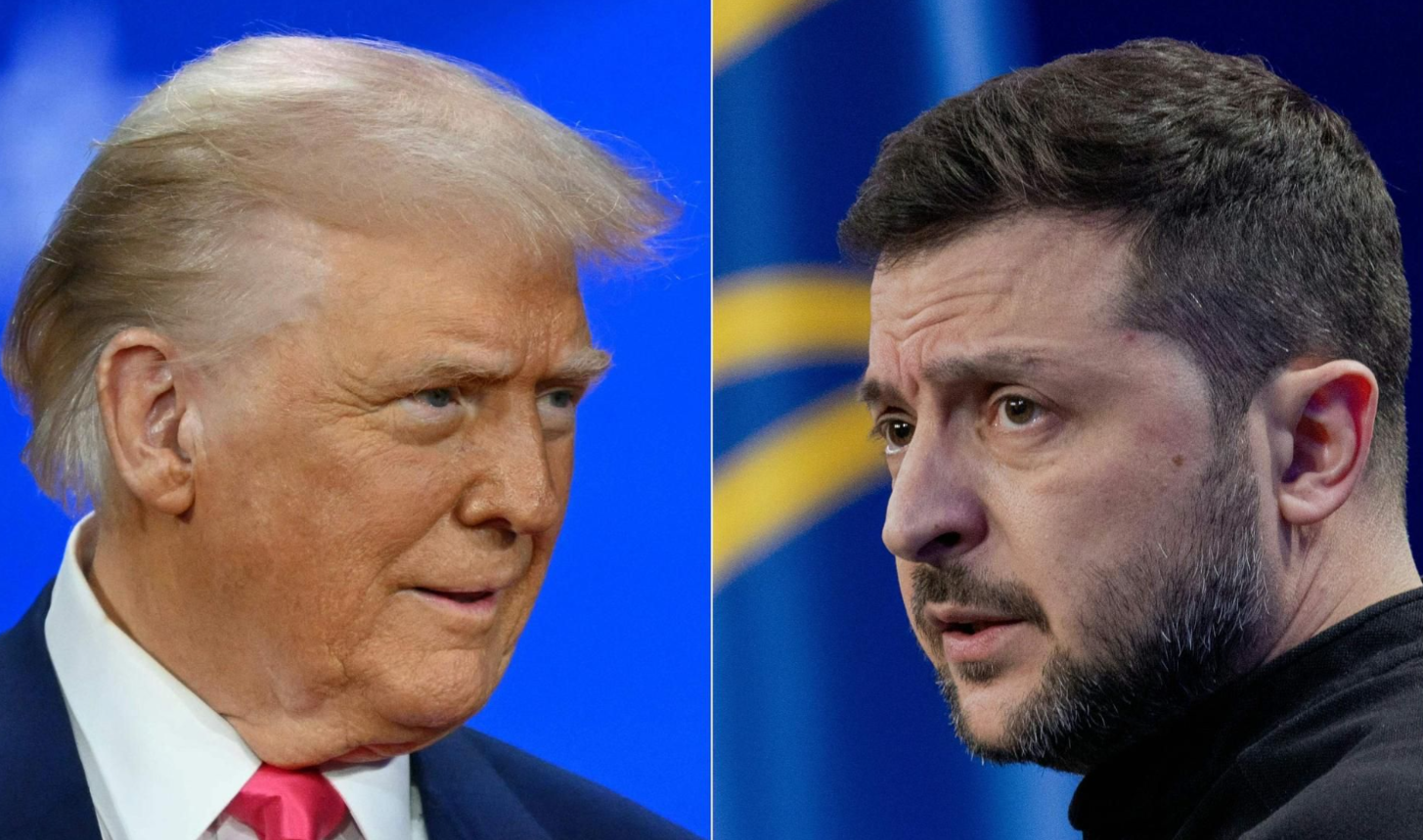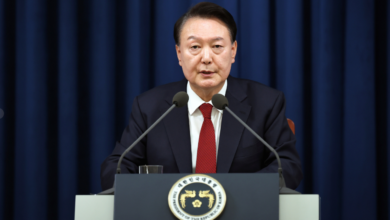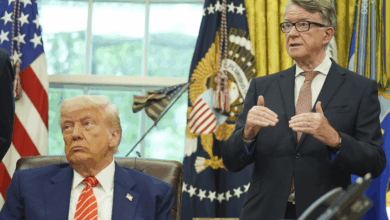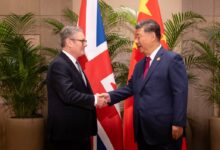U.S. and Ukraine Finalize Landmark Economic Agreement Amid Ongoing Conflict with Russia

WASHINGTON, D.C., May 1, 2025 — In a significant development amid the ongoing conflict in Eastern Europe, the United States and Ukraine have signed a comprehensive economic agreement aimed at bolstering Ukraine’s reconstruction efforts and securing critical mineral resources for the U.S. The deal, finalized on April 30, 2025, establishes the United States–Ukraine Reconstruction Investment Fund (USURIF), a joint venture designed to attract global investment and facilitate Ukraine’s post-war recovery.
Background and Negotiations
The agreement comes after months of intense negotiations and diplomatic tensions between the two nations. President Donald Trump had been pressing Ukraine to provide compensation for the substantial military and economic assistance the U.S. has extended since Russia’s invasion in February 2022. The U.S. has contributed approximately $175 billion in aid to Ukraine, prompting discussions on how Ukraine could reciprocate.
Initial proposals from the Trump administration included demands for Ukraine to grant the U.S. $500 billion worth of profits from its rare earth minerals as compensation. However, these terms were met with resistance from Ukrainian officials, leading to a series of contentious meetings, including a notably heated exchange between President Trump and Ukrainian President Volodymyr Zelenskyy at the White House in February 2025.
Key Provisions of the Agreement
The finalized agreement outlines the creation of a 50-50 joint fund, with both nations contributing equally to the United States–Ukraine Reconstruction Investment Fund. This fund will focus on developing Ukraine’s vast mineral wealth, including critical resources such as lithium, graphite, manganese, titanium, and uranium. These minerals are essential for various industries, including aerospace, nuclear energy, and electric vehicle manufacturing.
Notably, the agreement stipulates that only future U.S. military aid will count toward the American share of the fund, effectively waiving any repayment for assistance provided prior to the signing. This provision addresses concerns from Ukrainian officials about the financial burden of repaying past aid and ensures that Ukraine retains sovereignty over its natural resources.
Strategic Implications
Analysts view the agreement as a strategic move to strengthen U.S.-Ukraine relations and discourage further aggression from Russia. By securing access to Ukraine’s critical minerals, the United States aims to reduce its reliance on other global suppliers — particularly China — which currently dominates the rare earth minerals market. The Biden administration and U.S. economic strategists also anticipate that the deal will drive significant investment from American companies, helping to further integrate Ukraine into Western economic structures.
Treasury Secretary Scott Bessent emphasized the long-term benefits of the agreement, stating that it “pulls Ukrainian and American interests closer together” and serves as a “very strong signal to the Russians that we take our interest in Ukraine very seriously.”
Read More:
- Seoul Condemns Pyongyang’s Admission as ‘Confession of Criminal Activities’ Amid North Korea’s Troop Deployment to Russia
- Power Outages in Spain, Portugal, and France Disrupt Travel; Cause Remains Unclear as States of Emergency Declared
- Vancouver Reeling After Deadly Car Attack at Filipino Heritage Festival: 11 Killed, Murder Charges Filed
Domestic and International Reactions
The U.S.-Ukraine economic agreement has elicited mixed reactions domestically and internationally. In the United States, some Republican lawmakers view the deal as a pragmatic approach to ensuring that American aid yields tangible returns, potentially easing internal party tensions over continued support for Ukraine. Conversely, some Democrats and foreign policy experts express concerns that the U.S.-Ukraine economic agreement commodifies foreign policy and lacks immediate impact on Ukraine’s defense capabilities.
Internationally, the deal has been met with criticism from Russia. Kremlin spokesperson Dmitry Peskov characterized the agreement as a transactional approach to aid, suggesting that it reflects a shift in U.S. policy towards conditional support. Peskov stated, “If we call things as they are, this is a proposal to buy help — in other words, not to give it unconditionally, or for some other reasons, but specifically to provide it on a commercial basis.”
Future Outlook
The agreement still requires ratification by Ukraine’s Parliament before it can take effect. Ukrainian Prime Minister Denys Shmyhal has expressed optimism about the deal, highlighting its potential to attract global investment and support Ukraine’s aspirations to join the European Union.
As the war in Ukraine continues, the economic partnership established through this agreement may serve as a model for future international collaborations aimed at post-conflict reconstruction and economic development. However, the success of the initiative will depend on effective implementation, sustained investment, and the broader geopolitical landscape in Eastern Europe.
Meanwhile, the war on the ground shows no sign of letting up. A nighttime Russian drone attack on Ukraine’s second-largest city, Kharkiv, wounded at least 45 civilians, according to Ukrainian officials. The Ukrainian Security Service also claimed responsibility for a drone strike on the Murom Instrument Engineering Plant in Russia’s Vladimir region, though the claim could not be independently verified.
On Tuesday, the U.N. Human Rights Office reported that 2,641 civilians died or suffered injuries in Ukraine during the first three months of 2025 — nearly 900 more than during the same period last year. Between April 1 and April 24, civilian casualties rose by 46% compared to that same stretch in 2024.
Russian Foreign Minister Sergey Lavrov claimed that Ukraine agreed to consider a ceasefire because its military suffered repeated setbacks. The Russian Ministry of Defense has consistently emphasized its strategic advantage on the battlefield.
The U.S. State Department is urging both sides to return to the negotiating table. Department spokesperson Tammy Bruce quoted Secretary of State Marco Rubio as saying, “We are now at a time where concrete proposals need to be delivered by the two parties on how to end this conflict.”















